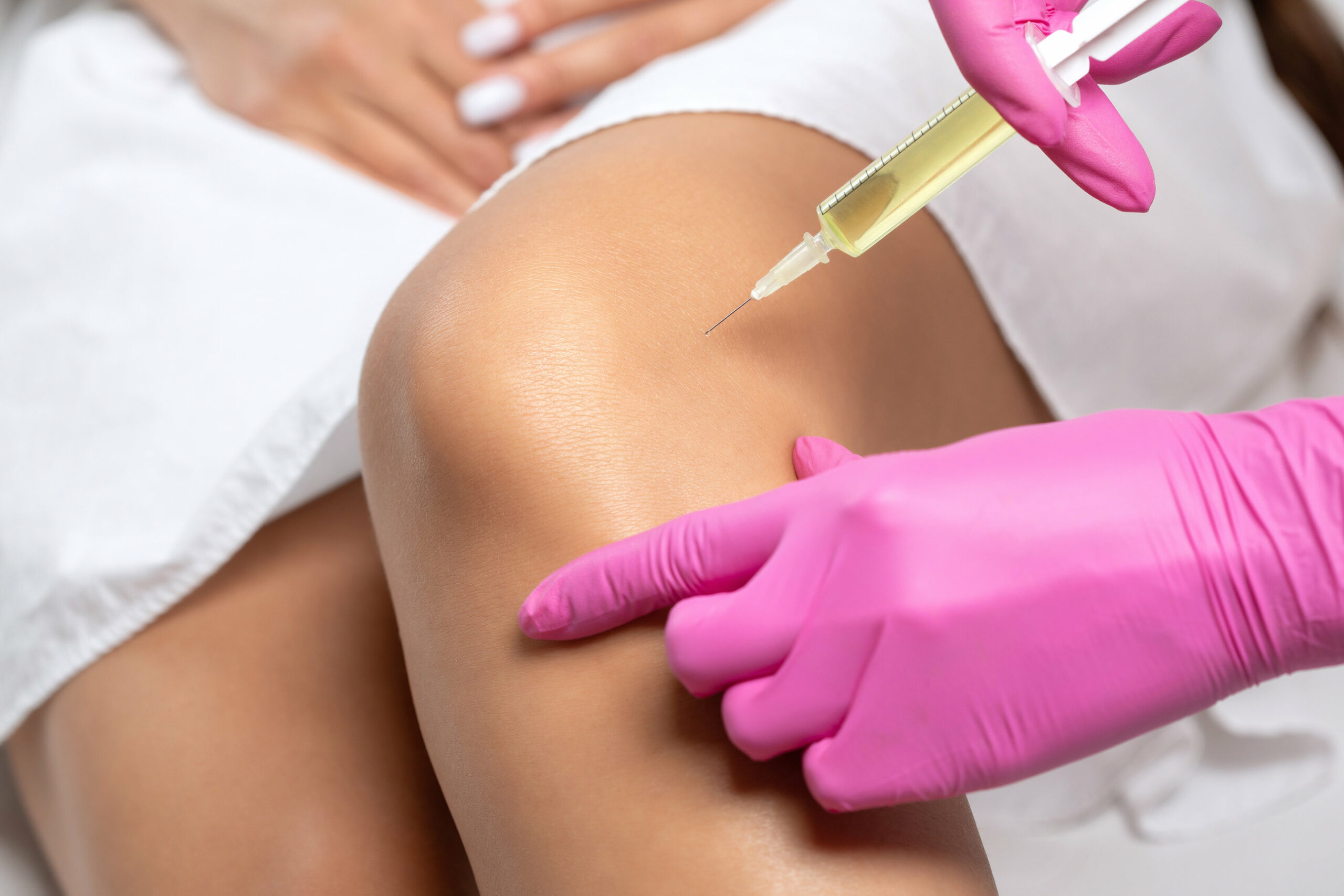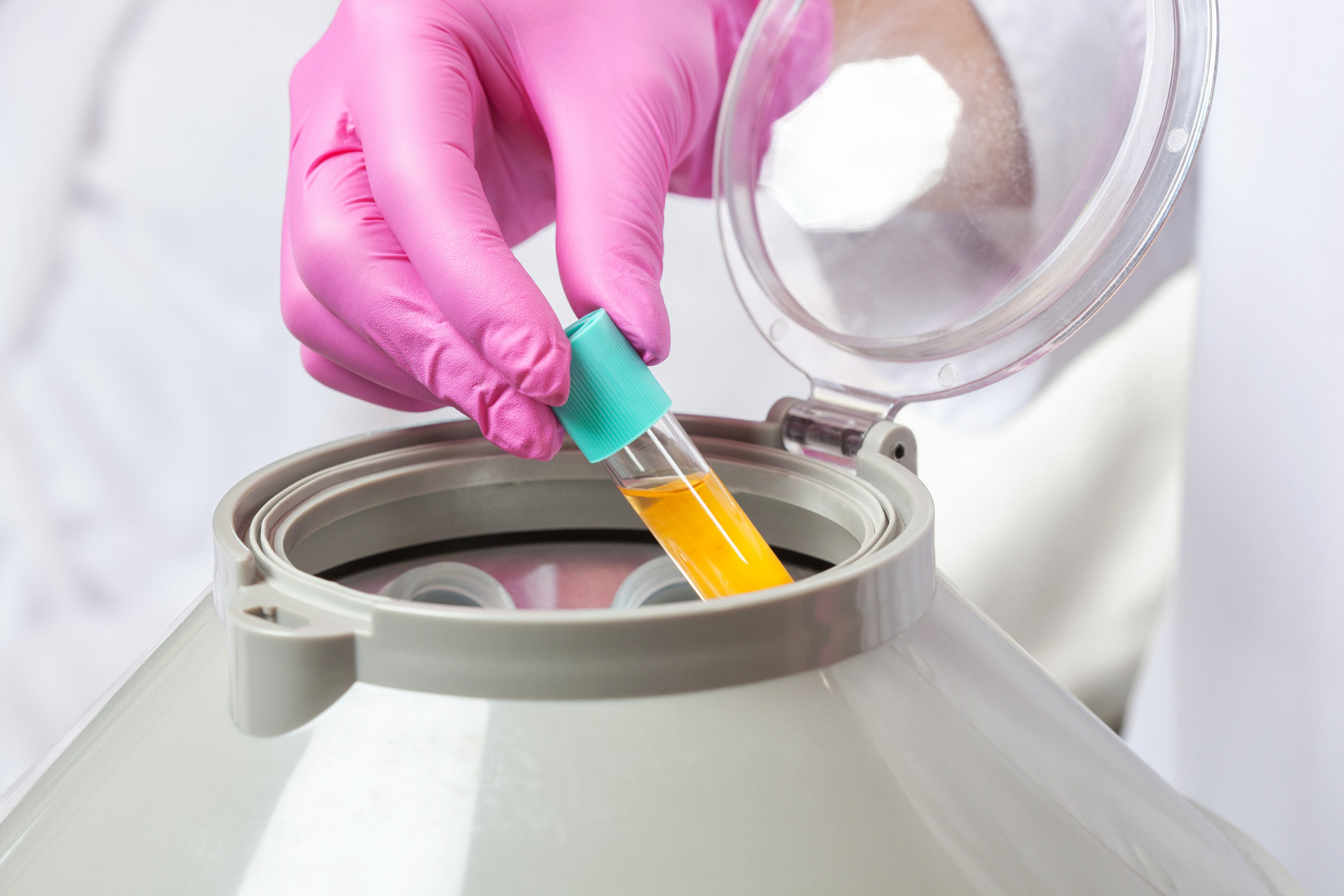PRP Treatment for Ligaments and Tendons

How Does PRP Therapy Relieve Tendon & Ligament Pain?
There are multiple different types of tissues that platelet-rich-plasma (PRP) can heal, PRP therapy has been shown to be an efficient treatment method for a number of different injuries throughout the body.
Tendons and ligaments typically heal slowly because they have limited blood flow. But with PRP injections, tendons and ligaments have been shown to increase their regeneration and increase the strength of the tissues after healing.
If you experience any pain or difficulty performing daily tasks because of tendon damage or degeneration, PRP therapy could be your solution. PRP treatments are derived from your own blood, which means that this procedure has very few risks. There are other treatments that most people do, such as physical therapy or minor surgeries, but they can have negative side effects or drawbacks such as high-risk factors and longer recovery times.
PRP for Tendons in Dallas, Texas
Tendon problems are some of the most common injuries, and they are frequently repetitive injuries
Tendon injuries can include a number of things such as rotator cuff tears or strains, tennis elbow, and Achilles tendonitis. Your tendons are responsible for connecting muscles to bones, so they are found around almost every single joint in your body. When you use your muscles repetitively, your tendons absorb a large amount of shock, and they can become irritated and inflamed from rubbing against your bones.
Platelet-Rich Plasma injections have been shown to improve the strength of injured tendons and speed up the healing process.


PRP Therapy for Ligaments
Your ligaments connect bone to bone. The most common ligament injuries are in either the knee, with the ACL, MCL, PCL, or LCL, or in the elbow, with the UCL, which is commonly injured with repetitive throwing. The knee ligaments are often injured in sports such as basketball, football, or soccer, and the UCL is most commonly injured while playing baseball or softball.
PRP therapy can maintain the strength of the ligaments in your body, allowing equal function compared to your original tissue. Growth factors are crucial in your initial healing because they help control inflammation, they reduce the chances of scar tissue forming, and help stimulate the growth of new blood vessels to support the healing process of your ligaments.
What Is Platelet-Rich Plasma (PRP)?
PRP is plasma with many more platelets than what is typically found in blood. The concentration of platelets – and the concentration of growth factors – can be 5 to 10 times richer than usual.
What Is Plasma?
Plasma is the clear, light yellow liquid “serum” part of blood that suspends and carries red blood cells, white blood cells, and platelets throughout your entire body. Plasma is composed largely of water and proteins.
What Are Platelets?
Platelets are tiny, plate-shaped cells that are responsible for forming blood clots, and they also contain growth factors that stimulate the body's natural healing abilities to generate new tissue. Platelet activation plays a key role in your body’s healing process.
What Is Platelet-Rich Plasma?
Platelet-rich plasma is what remains after you separate plasma from other components of your blood using a centrifuge device. The concentrated golden liquid contains 5-10x more platelets than untreated blood.
Platelets naturally compose about 10% of our blood, but in PRP they compose about 90%.


